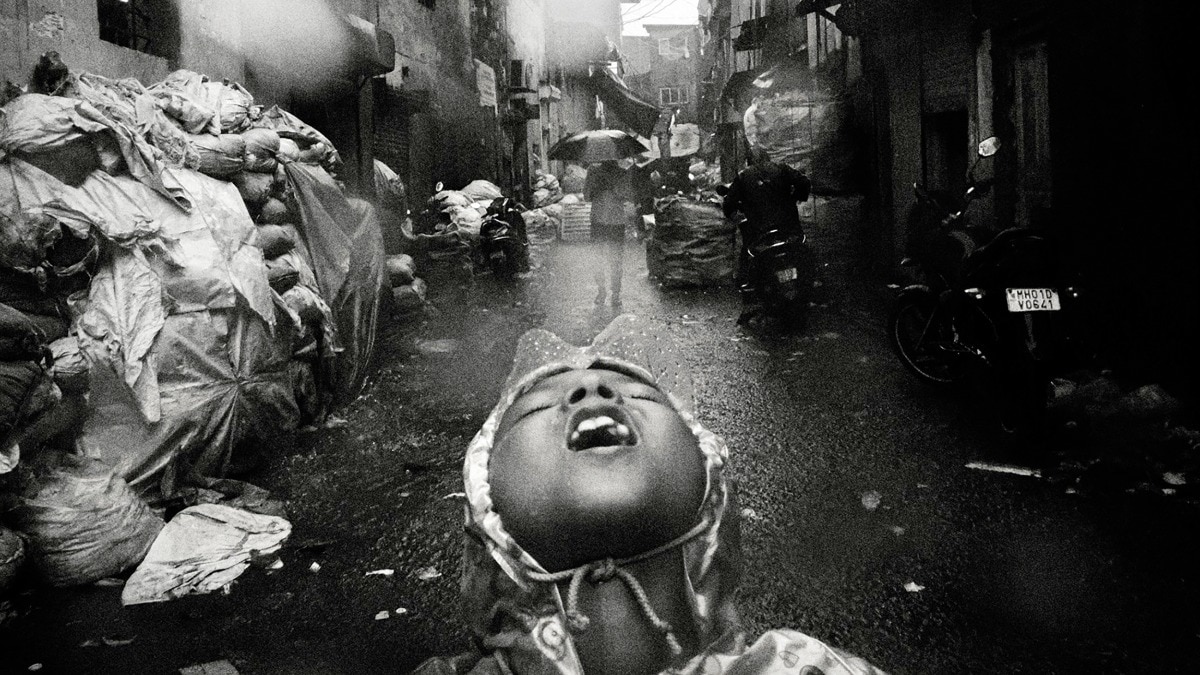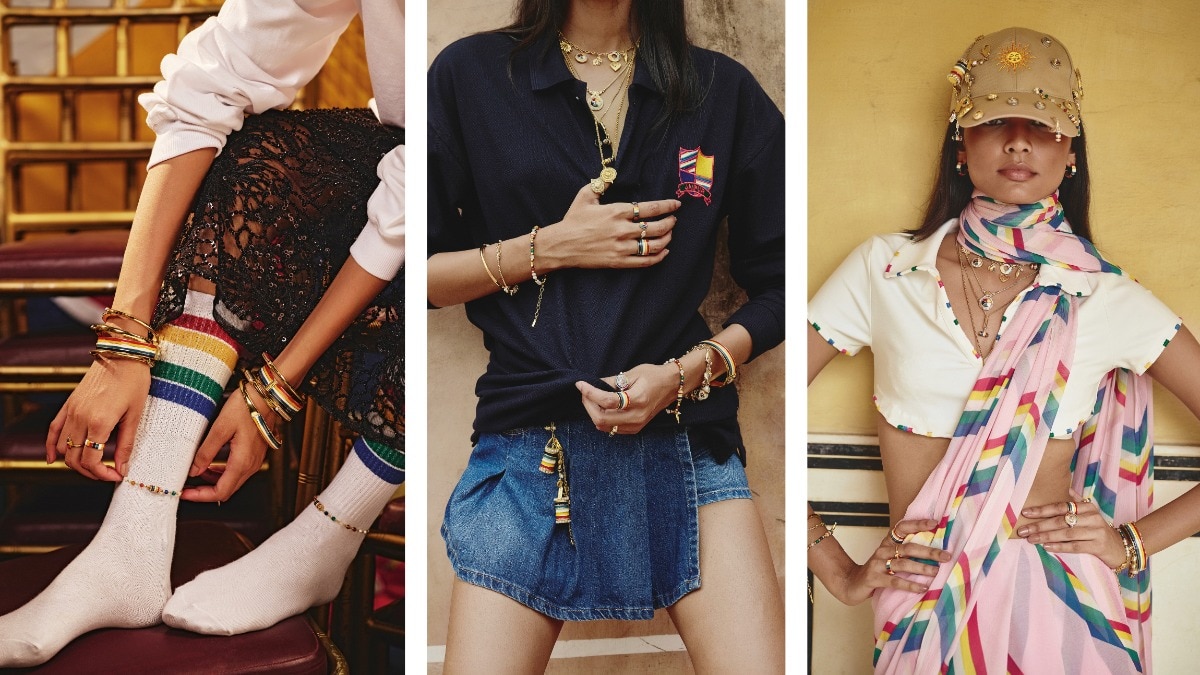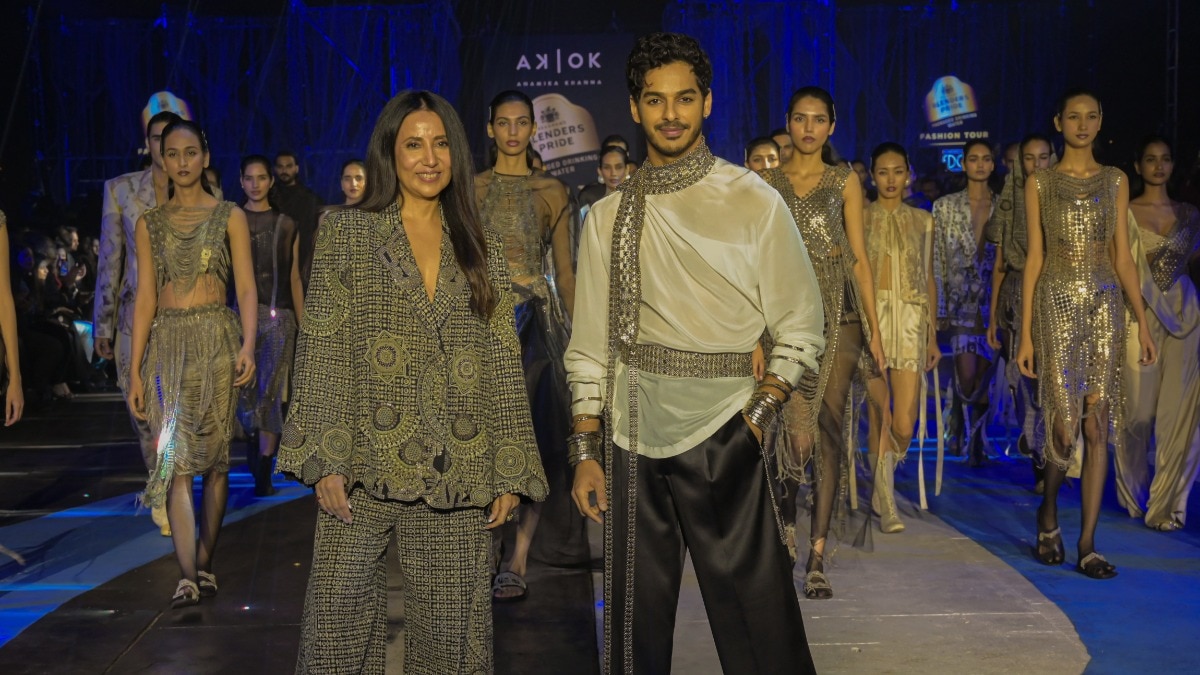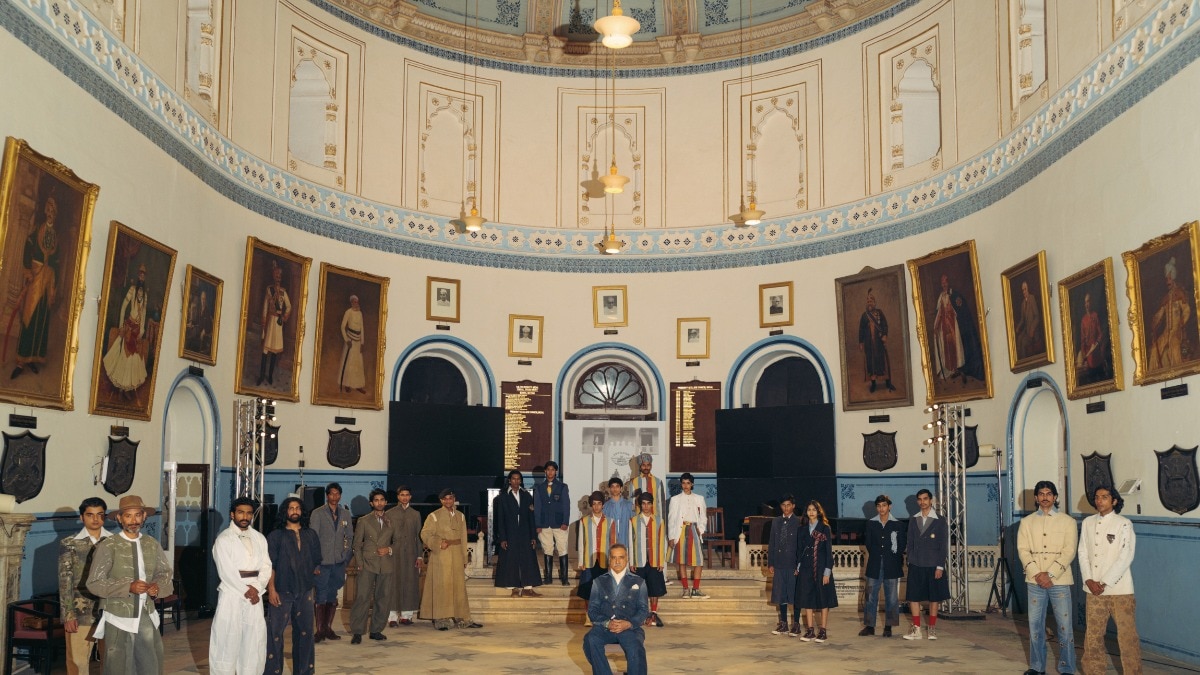Who, truly, is an influencer?
And could there be more to understand of the pervasive term that haunts our everyday dooms scrolling.


Turns out, the term influencer doesn’t instantly bring to mind the envy-inducing lives of the likes of Anna Delvey for everyone. While it is an inspiration and aspiration for many, it is an insult to some. Yet, despite this dichotomy of feelings, there is a hallmark to the word (and occupation) that it is inescapable—it is the present and future of digital marketing and an integral part of the entertainment and creative industry.
In 2023, influencer marketing hit a valuation of $21.1 billion, up 29 per cent from the prior year's $16.4 billion. In 2024, it is likely to be valued at $22.3 billion, and a whopping $84.89 billion by 2028. Further, businesses are making $5.2 ROI for every $1 spent on influencer marketing, while the top 13 per cent of businesses are seeing a revenue of $20 or more for every $1 spent. A parallel can be drawn for the same in India where the influencers marketing sector was estimated at over ₹12 billion in 2022. By 2026, its market value is projected to reach ₹28 billion.
Of course, behind this considerably rooted and growing real estate of influencers in the social media and marketing segment is also the dark side of toxic number hunts, fragile egos, and the constant struggle to stay relevant—think Maritza’s struggle to rebuild her fallen reputation in The Influencer on Netflix or the chaos that ensued in the reality television The Influencers as the participants fought one another for that brand deal. But behind these discourses is a larger, more fundamental question that looms—who is an influencer in 2024? What makes any of us one? And what really is influence?
Put simplistically, an influencer is someone who has the ability to influence a course of action, of course. “Anyone whose voice impacts a community’s decision making is an influencer,” says Masoom Minawala. Minawala herself is a global luxury influencer with a following of over 1.4 million across Instagram and YouTube, and works with brands like Louis Vuitton, Estsée Lauder, Dior, Bvlgari, Samsung, and many more. Seeing the growing influencer landscape, only last year she partnered with marketing solutions agency Schbang to create Schbang MMaximize, a digital talent management agency that provides a comprehensive platform for creators from across fields to build their personal brand.
For Pankhuri Harikrishnan, founder and director of Fetch India, a consultancy agency that manages some of the leading names in Indian entertainment industry—including Kusha Kapila, Diana Penty, Karuna Ezra Parikh, and Kareema Barry to name a few—the term cannot be so definitely defined. “Yes it is anyone whose voice matters and who has an impact, but given the low barrier to entry in this space and the myriad ways one can influence, not to mention the financial now involved, it becomes hard to quantify this impact and therefore allocate this definition to individuals.”
There is a reductive quality in equating any amount of impact with the label of an influencer—could someone with a following of 1,000 who managed to convince five of them to buy a lip balm qualify as an influencer? And yet, the ability to affect the viewers' decision making is key to influencerdom. Because at the heart of influencing lies an intimate relationship between the influencer and the viewer, one that hinges on this close nature of the interaction that is different from an advertisement or an endorsement. It is the casual format of the engagement that affords an air of authenticity and accessibility to the influencers, and an inherent trust in what they are saying or promoting. Remember when Arushi Mehra convinced us that our wardrobe was incomplete without those sunglasses, even the jungle print blazer while she took in the sun on a summery girlfriends-only trip to Mussoorie? Could you help but want that creamy highlighter that Ankush Bahuguna dotted on his face while lamenting his dating life? And what about that hair styler you instantly ordered as you saw Komal Basith quickly transformed her hair while her kids rallied around her? But, if the industry is based on the relation between the two, where does incidental acts of influencing fit in—take when Alia Bhatt let everyone in on her skincare routine and spoke about the d'you moisturiser leading to breakthrough sales on the product? Would it qualify her as an influencer despite it being an actor not necessarily looking to, so to say, influence?
“An influencer is someone who leads by example, we’re talking practising not preaching,” says Malhar Kalambe, an environmentalist who took to social media to find like-minded individuals to support the cause and became an influencer himself with a following of 71.4k in a very short span of time. “My page helps to get volunteers, get sponsorships, get celebrities—all things that are imperative for me to keep doing the work I am doing. Today, good work needs to be backed by a good PR campaign to be able to reach the right people and more people, and social media affords that for everyone.”
Kalambe, in this conversation, taps into an important aspect of the influencer universe, something both Minawala and Harikrishnan mention too—the democratic nature of the business. “There is no structure to the industry as yet. In fact, the Advertising Standards Council Of India (ASCI) guidelines were only put in place last year! Add to that the growth that so many people are seeing on social media today and the incentive to join the industry is at an all time high. It has become much easier and quicker for everyone to become an influencer,” says Minawala.
With this come the positives that are obvious for all those who are able to find easy entry and cash in on the growing and thriving market. Of course, not to forget the negatives, a big one being the lack of trust, dissociation, and exhaustion (which we mentioned right at the get go), that is creeping in and keeping pace with the growth of the industry itself. “A lot of people want nothing to do with the word influencer, because there is no way of deciphering the right intent and quality with content anymore. With anyone becoming an influencer, and so many promoting products that they themselves will not use or are, in fact, bad for people I feel angry when I’m called an influencer. As a content creator, there is so much thought that goes into anything we make,” says Neha Deepak Shah, a chef content creator, who studied food technology before quitting to become a digital creator full time with a following of 1.5m! Every piece of content she creates is thought over time and executed with a publishing schedule, following which there is a long process of production and post production (including costs) that goes into it.
“I am constantly told ‘don’t call me an influencer’, but it is hard to escape the word today,” says Harikrishnan. It may be a stretch to say we are all influencers in this day and age, but so it seems. “Anyone who has something engaging to say and manages to find an audience to engage with it, whatever the number, can be an influencer—age, genre, gender no bar,” adds Harikrishnan. Both Minawala and Harikrishnan rightfully believe that actors, doctors, journalists, chefs, dancers, artists, lawyers, and even chartered accounts and MBAs have found their space as influencers online. And the growing acceptance of micro and nano influencers, in what used to be the word of macro and mega influencers, across all fields and forms of conversation is a testament to this.
The difference, perhaps, is whether influencing is an auxiliary to your profession or the mainstay. For an actor, doctor, lawyer, journalist, CA, and more, influencing may be a side hustle (presuming they are working on it monetarily along with entertaining and educating), while for content creators it is their full time job (which again involves entertainment, education, with a good mix of monetary partnerships). But can anyone, whatever the percentage of investment, really shy away from being called an influencer when it is in fact what they are doing?
Perhaps the most important question is, does the industry even care? With the scale it is growing at, the number of people aspiring to enter, and the shift in power from the brands to the influencers, where the payment rates are only soaring—whether in product placement deals, the use of affiliate marketing links, or sponsored coupon codes—the perks of being an influencer far outweigh the cons. Additionally, with everything being so quantifiable online and audiences and brands now working to discern bought engagement to real reach, one no longer needs to shy away from the otherwise all encompassing label. Of course, if Meta decides to do away with its public like counts as planned, then we have something big to worry about, bringing us to the dark times of unquantifiable influencing. And then the question of ‘who, truly, is an influencer?’ will be a much harder one to answer.










